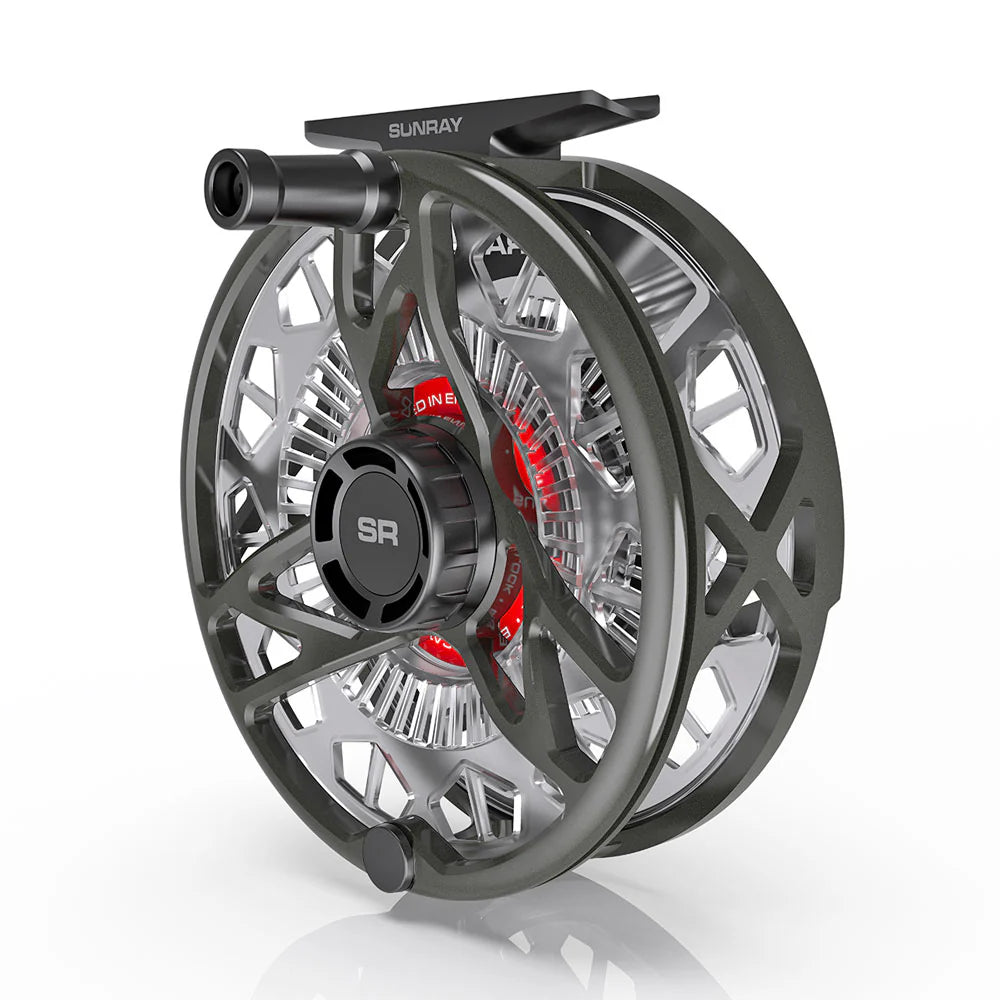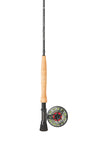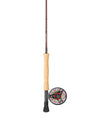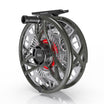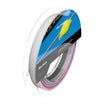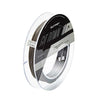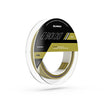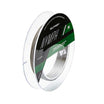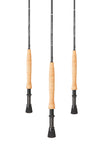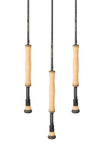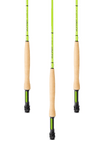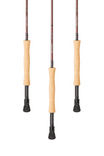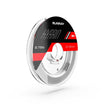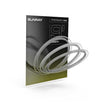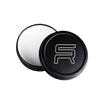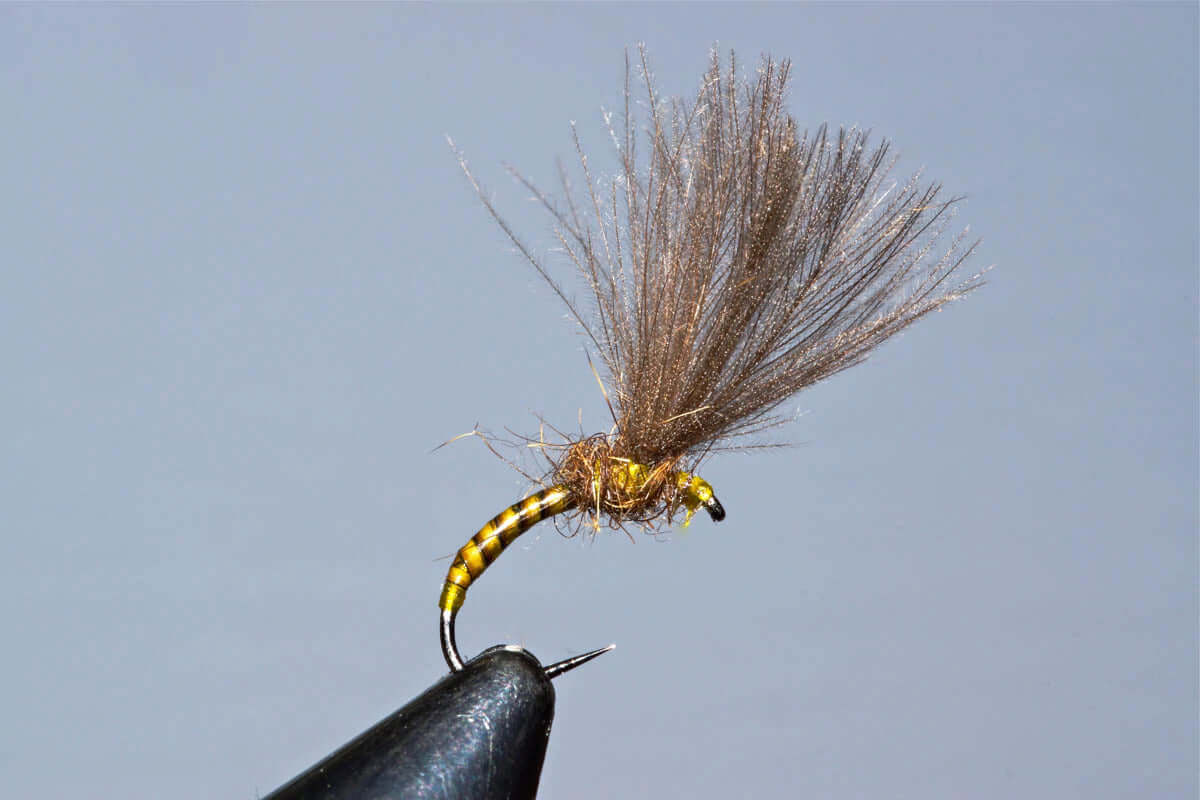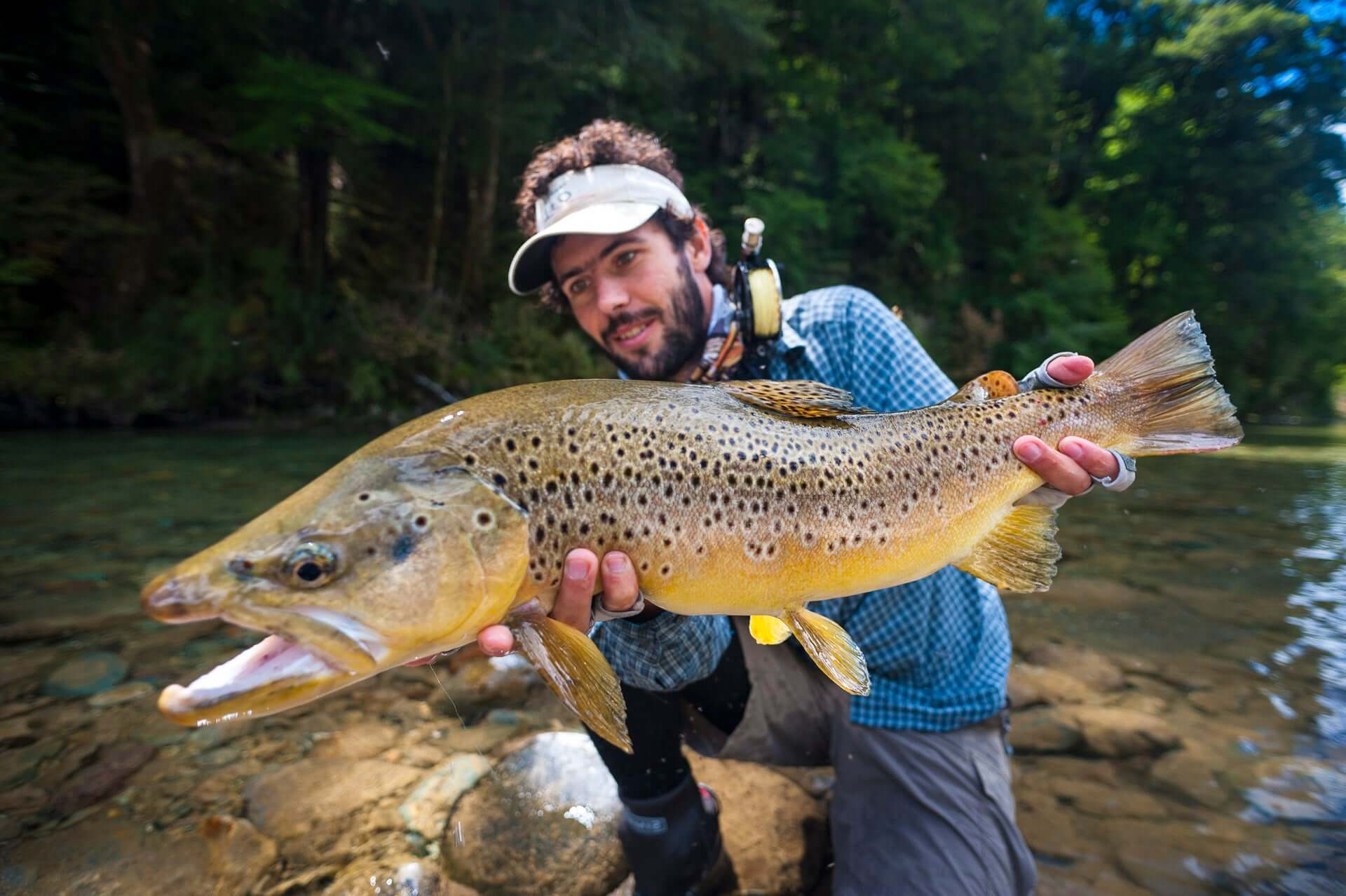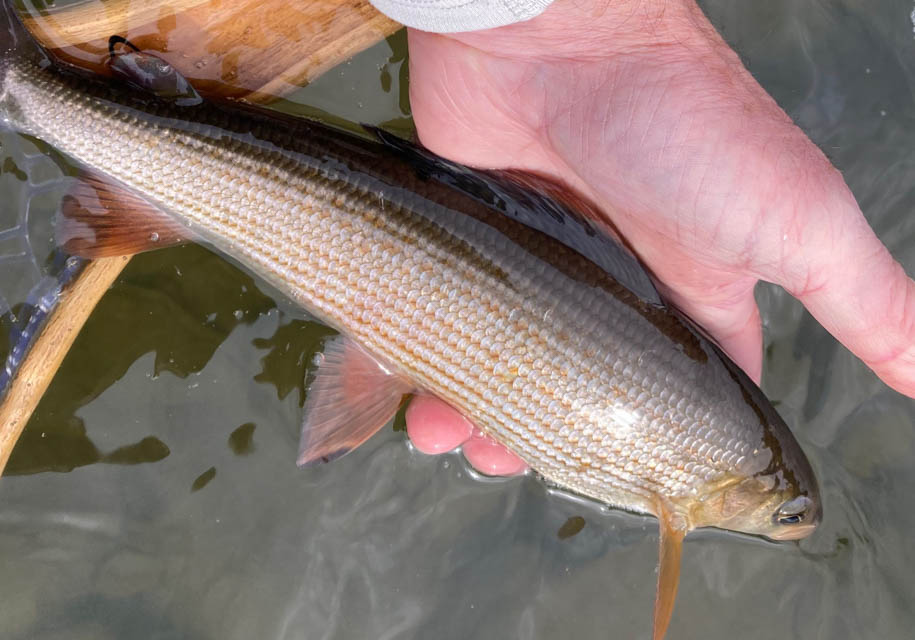By David Southall
How many flies should we fish at the same time? There is no set answer to this question since there are numerous variables that must be considered before making an answer. In some cases the choice is already made. Several fly fishing clubs that I belong to restrict members to the use of one fly only. However, on many waters the answer is not so simple.
I generally choose to fish with a single fly for the following reasons:
- It reduces the risk of tangles during casting. Although this problem can be significantly reduced by the use of the Oval/Belgium Cast in which the rod is swept in a continuous tension arc, such that the trailing leg of the casting loop & the leading leg of the casting loop are well separated.
- It reduces the number of flies lost when I hook up on trees or other snags.
- It reduces the risk of losing the fish of a lifetime due to a trailing second or third fly snagging on weeds etc. or due to a second big fish taking the trailing fly during the fight (both of which have happened to me in the past).
- In some situations it reduces the risk of spooking the fish by two or more flies hitting the water.
- Accurate casting to target fish is more precise.
There are, however, a few situations where I’ll fish a couple of flies together:
- The Duo/New Zealand Dropper, in which a subsurface pattern so that a nymph is fished suspended below a dry fly, is a tactic that I rarely use on rivers but sometimes use on my local small stillwaters. I prefer to fish the dry fly on a short dropper, rather than suspended from the bend of the dry fly hook. I have two reasons for this; firstly I believe that I miss fewer takes to the dry fly since it is easier for a fish to take it into its mouth & secondly because I always use barbless or debarbed flies & the nymph dropper is inclined to become detached from the bend of the dry fly. My choice of dry fly is usually an Elk Hair caddis or a Daddy, but sometimes a tiny CdC Midge if I’m fishing a size 24 to 30 Buzzer Pupa. The big advantages of this method are that the subsurface fly can be suspended at the optimum depth where the fish are feeding & the dry fly also catches & attracts fish. Its drawbacks are that the depth of the nymph can not be easily altered & the trailing fly can snag up whilst playing a fish. An alternative, when fishing a single fly, is to suspend the fly under a New Zealand Wool Indicator. This has the advantage that the depth can be easily adjusted, but the disdavantage is that fish sometimes take the wool indicator which does not have a hook in it.
- Deep nymphing when I want to get a very small/lightweight fly down fast is another situation when two or more flies can be an advantage. A heavy/sacrificial fly can be fished on the point to take a smaller, lighter, more mobile fly on a dropper down to fish that are feeding in deep water. Alternatively, if snag ups, or very big fish are expected, I attach split shot to the point instead of a fly, using weaker tippet for the point section of the leader so that I only lose some split shot if I snag up.
- The Washing Line presentation to control the depth of a subsurface pattern is a tactic that I have used occasionally when grayling or trout have been taking nymphs or tiny buzzer pupae just below the surface film. I then fish a dry fly such as a Shuttlecock on the point with my unweighted nymph/buzzer pupa/spider pattern on a very short dropper about 18” behind. I grease the leader to within an inch of the dry fly, but leave the dropper ungreased. This holds the nymph/buzzer/spider near to the surface & the dry fly shows me where the subsurface fly is, whether drag has set in & also acts as an indicator of a take if I don’t see a swirl or flash as a fish takes the wet fly.
- Two flies are sometimes used to help when I can’t see my tiny dry midge. immitations, such as at dusk. In this case I might use the Washing Line Method, or more often I attach the bigger fly to the dropper. The disadanvantage of the latter method is that good turn-over of the final bit of tippet holding the tiny fly is more difficult making it a bit more difficult to determine its exact location & to cast it accurately, however if a long piece of tippet is used between the two flies this ensures plenty of slack at the terminal end which reduces the risk of drag, something that is very hard to avoid with tiny flies.
- A second fly may also be used as an attractor fly to draw fish to a more subdued/less obvious offering. For example I’ll sometimes fish with a bright pink shrimp on the point with a size 24 drab coloured nymph or buzzer pupa on a dropper, about 12”/30cm above it.

- If big fish are expected then using two flies may be risky.

- On Driffield Beck the rules are ‘single fly only’, very sensible in view of the heavy weed growth & big fish

- A 5lb Driffield Beck trout


